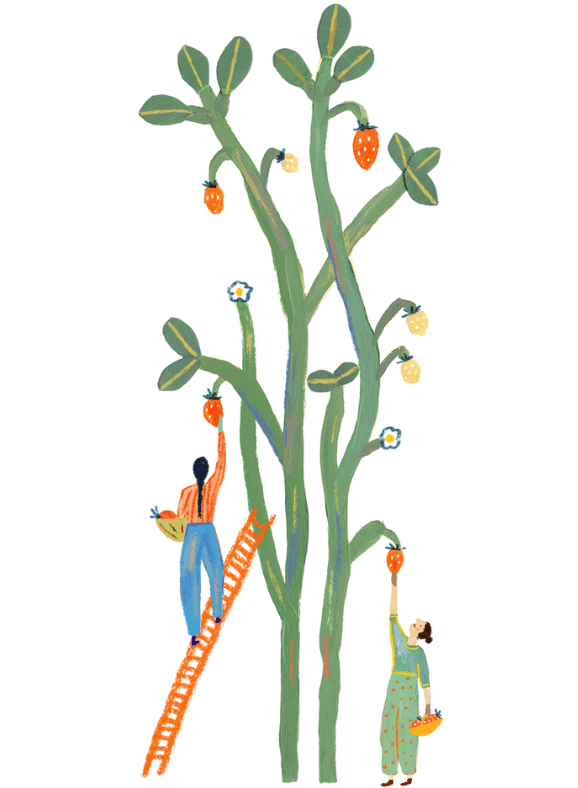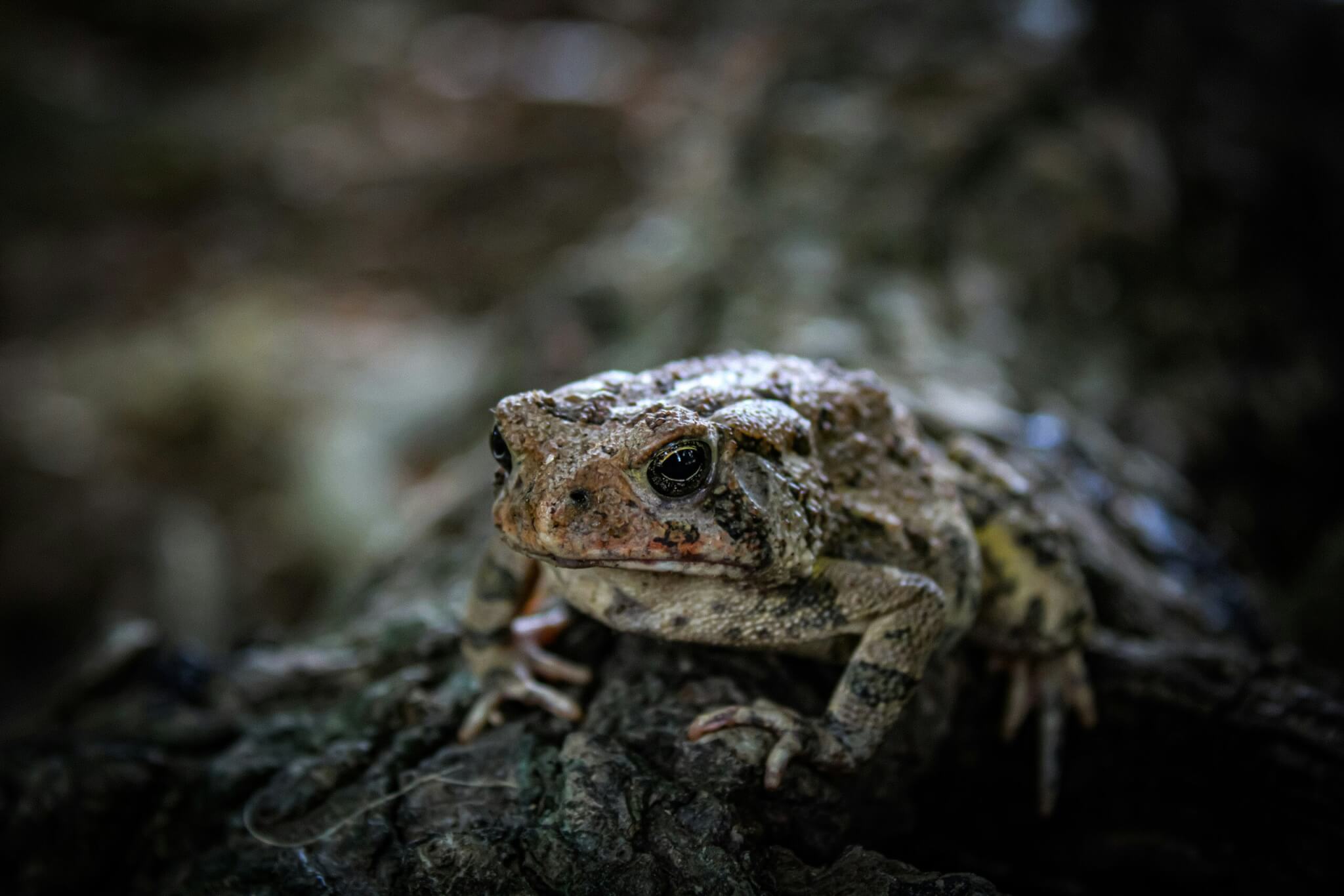Practically Radical is a regular column by ecological grower and forager Poppy Okotcha on gardening and optimism.
I was recently asked what the difference is between my wild garden and an overgrown one, which is a good question to be fair (a subtle nod to this issue’s theme of fairness!) To be honest, I don’t know that there is an official difference. For lots of people, the garden I tend would just be overgrown and to others it would be not nearly wild enough. I do think that perhaps the difference lies more in the act of tending the space, how I both follow and coax the garden into this particular, functional aesthetic of muddled beauty.
When I arrived here three years ago, the garden already had a brilliant seed bank of all sorts of plants which are often cast out as weeds or at best undesirable wild things, but which I really love. Plants like field poppies, evening primrose, wild marjoram, goldenrod, creeping buttercup, forget-me-nots, ragwort, toadflax and red valerian. It also had a collection of more established perennial weeds like nettles and brambles living alongside a good stock of ornamental perennials, overgrown with years of being left alone.
In the first year, I let everything grow so I could see what was here through the seasons. I manage the brambles, digging some out completely and cutting others back, I pull up bundles of bindweed and sometimes dig out nettle, dock and green alkanet (if they get too swampy).
The rest of the management is really just encouraging what’s already here and making pockets for new arrivals. I might weed a patch in late winter and leave it bare rather than mulching, knowing that I’ll get field poppies come through in summer. Or I might spot a biennial evening primrose rosette emerging and tend to it so it has room to push through and flower the following year. I chop the patch of nettles below the apple trees regularly, for material for the compost heap, the kitchen and to keep the patch in check, but also because I think fresh nettle growth is pretty and continual chopping keeps them producing lush foliage.
The chickens scratch spaces in the more dense planting, into which I pop flowers and herbs. This year they cleared little runs through the tangle of periwinkle that was acting as a living mulch. At first I was horrified by the disruption but now those pockets have been filled with wild yarrow, white Scabiosa caucasica and cornflowers. It’s blooming and wonderful and I love that the patch was a collaborative effort.
Growing this way means the garden is a play between myself and the plants. On a personal level, this is a joyful experience but it has also taught me so much about the wisdom of life systems that have been going about their business for millions of years and know what’s good for themselves far better than I ever possibly could. It’s also a fairly low maintenance way of gardening and requires few external resources other than seed. I grow and make compost here, gather rainwater, brew plant feeds and largely trust the space to manage pests and diseases through healthy plants and diversity. This wild approach gives space for experimentation and self-sustaining techniques. In this way, it teaches true sustainability. The space looks wild because it is quite wild, and it’s been an invitation for me to think and live more wildly with it.














What an inspiring story. I’ve been letting my small garden evolve in a similar way. It’s been wonderful watching things appear from nowhere, planting clumps of various gifts from the gardens of friends and family (my 92 year old friend Jean’s delphiniums are a joy to behold every year and always remind me of her). My garden is a such a happy and peaceful place for me to watch life go by now but I’m not entirely sure what the neighbours really think!
During the pandemic, I planted a stick purchased for £1.50 which I had to trust was in fact an elder cutting. Within a few months it exploded with life. Not only did it shoot up (it’s now six feet tall) it also attracted new plant friends.
I had heard some pioneer plants establish conditions for others to follow, and indeed, shy courtiers soon popped up around her: marjoram, strawberries, dog-rose (all wild), rose of sharon and buddleia. Like Poppy, I allowed the nettles to grow (within reason!), as they seem to benefit this burgeoning community.
It’s certainly more interesting to garden with a sense of trust and curiosity, rather than micro-managing the little darlins’!